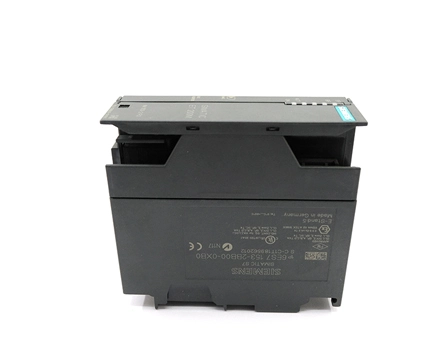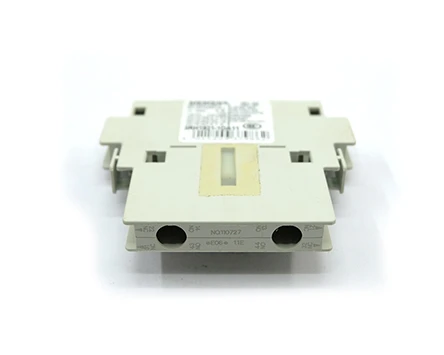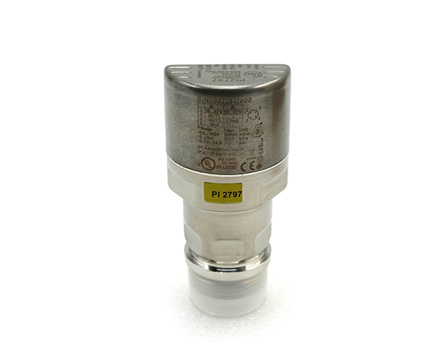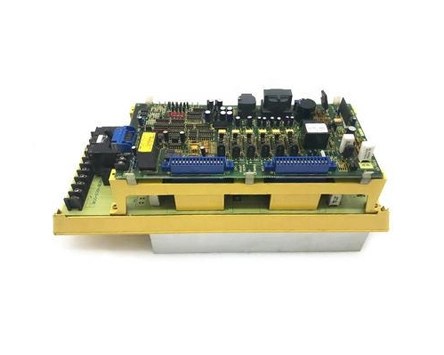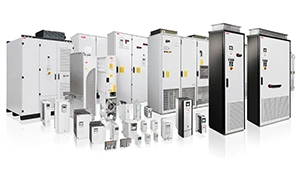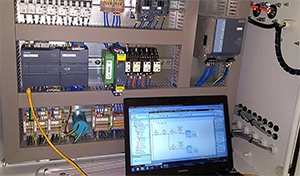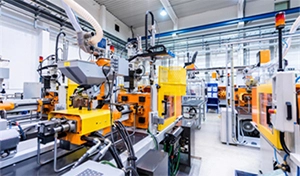
In the modern industrial and automation equipment sectors, managing obsolete parts is crucial for ensuring smooth operations, reducing costs, and improving overall efficiency. With rapid technological advancements and evolving industry standards, many parts used in machinery become outdated or completely phased out. If not properly managed, obsolete parts can consume valuable storage space, create safety hazards, and even result in increased maintenance costs. In this article, we’ll delve into the significance of obsolete parts management and provide strategies for handling them effectively.
Obsolete parts refer to components that are no longer in production or use in modern equipment. These parts become outdated due to technological advancements, changes in industry standards, or the discontinuation of specific models. Proper management of obsolete parts is essential for businesses, as it helps in several key areas:
The primary benefit of managing obsolete parts is cost reduction. By identifying and removing obsolete parts from inventory, businesses can save on storage and handling costs. Additionally, they avoid the unnecessary expense of purchasing replacement parts that are no longer needed, thus cutting operational costs.
Obsolete parts take up valuable space in warehouses, making inventory harder to organize and manage. Clearing out outdated components allows businesses to better optimize their inventory, freeing up space for essential and more frequently used parts. This leads to improved organization and more efficient stock management.
When a business maintains an up-to-date inventory free of obsolete parts, the time and resources spent searching for and retrieving parts are significantly reduced. This enhances operational efficiency and minimizes downtime. The quicker and easier it is to locate the necessary parts, the faster the maintenance and repair processes can be completed.
Using obsolete parts in machinery repairs or maintenance can lead to serious safety hazards. These parts may no longer meet the required industry standards, and their use could cause equipment malfunctions or even accidents. Properly managing and disposing of obsolete parts ensures that equipment is maintained according to the highest safety standards, protecting both workers and equipment.
To manage obsolete parts effectively, businesses should implement the following strategies:
Conducting regular inventory reviews is essential for identifying parts that have become obsolete. A thorough analysis should include evaluating the usage rates, lead times, and supplier details of each part. This will help businesses recognize which parts are no longer needed or are becoming obsolete.
Once obsolete parts are identified, businesses should develop a clear disposition plan. This plan could involve selling, scrapping, or donating the obsolete parts, depending on the condition and market demand. The key is to handle the parts in an environmentally responsible and cost-effective manner.
Part of managing obsolete parts involves planning for replacements. Businesses should identify suitable alternative parts that can be used in place of outdated components. Replacement parts should be chosen based on their compatibility, cost, and availability, ensuring that they meet the operational needs of the equipment.
Clear communication between departments is essential for effective obsolete parts management. The maintenance team should promptly notify the purchasing department about parts that are no longer useful or available. This allows the purchasing team to take appropriate action, such as sourcing replacements or updating inventory records.
Obsolete parts management is vital for businesses that rely on complex machinery and automation equipment. When handled effectively, it helps reduce costs, streamline inventory, improve efficiency, and enhance safety. By implementing regular inventory reviews, creating disposition plans, planning for replacements, and fostering communication between departments, companies can ensure that their equipment remains in optimal condition. At [Your Company Name], we are committed to helping our clients effectively manage obsolete parts to maintain high-quality, safe, and efficient equipment, ensuring long-term operational success.
 English
English 日本語
日本語 한국어
한국어 français
français Deutsch
Deutsch Español
Español italiano
italiano русский
русский العربية
العربية Türkçe
Türkçe Jawa
Jawa